- DroidAfrica
- Tecno
- Tecno POP 5 Pro
Tecno POP 5 Pro

Tecno POP 5 Pro Highlights and Overview
This is the Pro model of Tecno POP 5. The model has all round better specifications than the standard POP5, and it has 4G LTE network too. From the front, there is a 6.52-inches screen with 720 x 1600 pixels resolution. The display panel is IPS, and it has a water-drop notch on the head, which is where the selfie lens is kept.

Unlike the standard model that has UNISOC SC7731E CPU, the new POP 5 Pro is using MediaTek Helio A22. It is a quad-core CPU, clocked @2.0GHz, along with PowerVR GE8320 GPU, 3-Gigs of RAM and 32 Gigs of internal storage.
The frontal camera is a 5-megapixel selfie lens, and it has a single LED flash with faceID support. Turning to the back, you are getting dual cameras; a combination of 8-megapixel primary lens, and a secondary AI depth sensor, with dual LED flash.
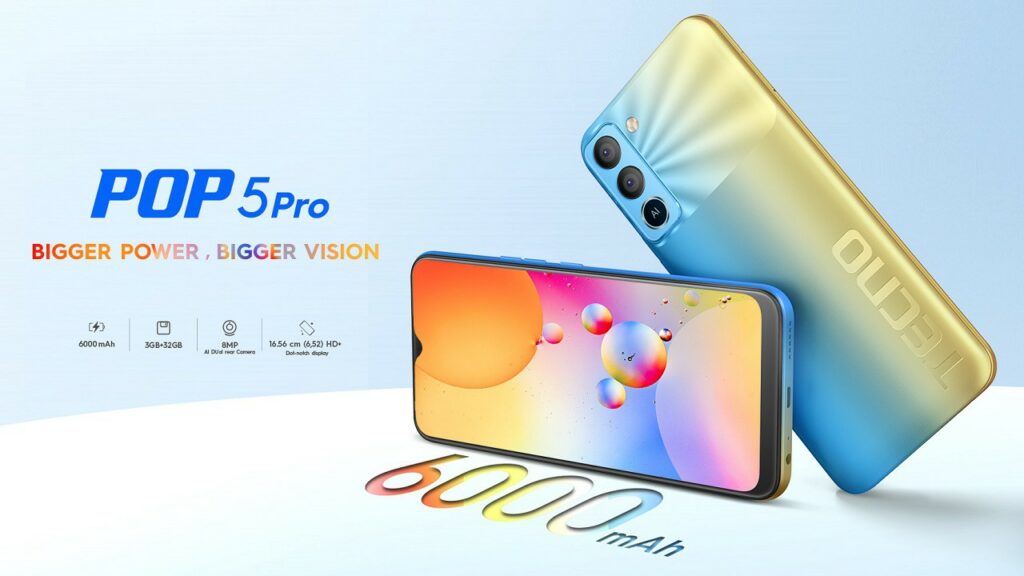
Color options includes Ice Blue, Deepsea Luster and Turquoise Cyan. It has a rear fingerprint scanner and support dual 4G LTE SIMs with a dedicated SD-card slot. There is a 6000mAh battery on the inside, while Google Android 11 (Go Edition) is available out of the box. The table below contains the full specs of Tecno POP 5 Pro.
Tecno POP 5 Pro Full Specifications and Features
NETWORK
| Technology | GSM / HSPA / LTE |
| 2G Network Bands | GSM 850 / 900 / 1800 / 1900 - SIM 1 and SIM 2 |
| 3G Network Bands | HSDPA 850 / 900 / 2100 |
| 4G Network Bands | LTE band 1, 2, 3, 5, 7, 8, 20, 28, 40 |
| Speed | HSPA 42.2/5.76 Mbps, LTE Cat4 150/50 Mbps |
LAUNCH
| Also Known As |
- - |
BODY
| Dimensions | --- |
| Weight | --- |
| SIM Type | Dual SIM (Nano-SIM, dual stand-by) |
DISPLAY
| Display Type | IPS LCD capacitive touchscreen, 16M colors |
| Size | 6.52 inches, (81.7% screen-to-body ratio) |
| Resolution | 720 x 1600 pixels, 20:9 ratio (269 ppi density) |
PLATFORM
| Operating System | Android 11 (Go Edition) |
| Chipset | Mediatek MT6761 Helio A22 (12 nm) |
| CPU | Quad-core (2.0GHz Cortex-A53) |
| GPU | PowerVR GE8320 |
MEMORY
| RAM + ROM | 3 GB |
| Card Slot | Yes, up to 128GB via microSD card (uses SIM 2 slot) |
MAIN CAMERA
| Camera Type | Double Lenses |
| Camera Sensor(s) |
Main: 8MP Depth: 0.3MP AI lens |
| Camera Features | Autofocus, Continuous shooting, Face detection, HDR |
| Video Resolution | 1080p@30fps |
SELFIE CAMERA
| Camera Type | Single Lens |
| Camera Sensor(s) | 5 megapixel |
| Camera Features |
Face Beautification FaceID |
| Video Resolution | 1080p |
SOUND
| Loudspeaker | Yes |
| Speaker Location | Within the earpiece grill |
| Audio Jack Type | Yes, 3.5mm audio jack |
CONNECTIVITY
| Bluetooth | Bluetooth 5.0, A2DP |
| NFC | |
| GPS | Yes, with A-GPS |
| FM Radio | Yes |
BATTERY
| Battery Capacity | Non-removable Li-Po 6000mAh battery |
OTHER FEATURES
| Sensors | Fingerprint (side-mounted), accelerometer, proximity, compass |
| Box Contents | Charging Brick / USB cable |
Tecno POP 5 Pro User Reviews and Opinions
Comments 8
Leave a Reply
Disclaimer Note
This specification was entered manually, hence we CANNOT guarantee 100% accuracy. Any error? Let us know in the comment section.







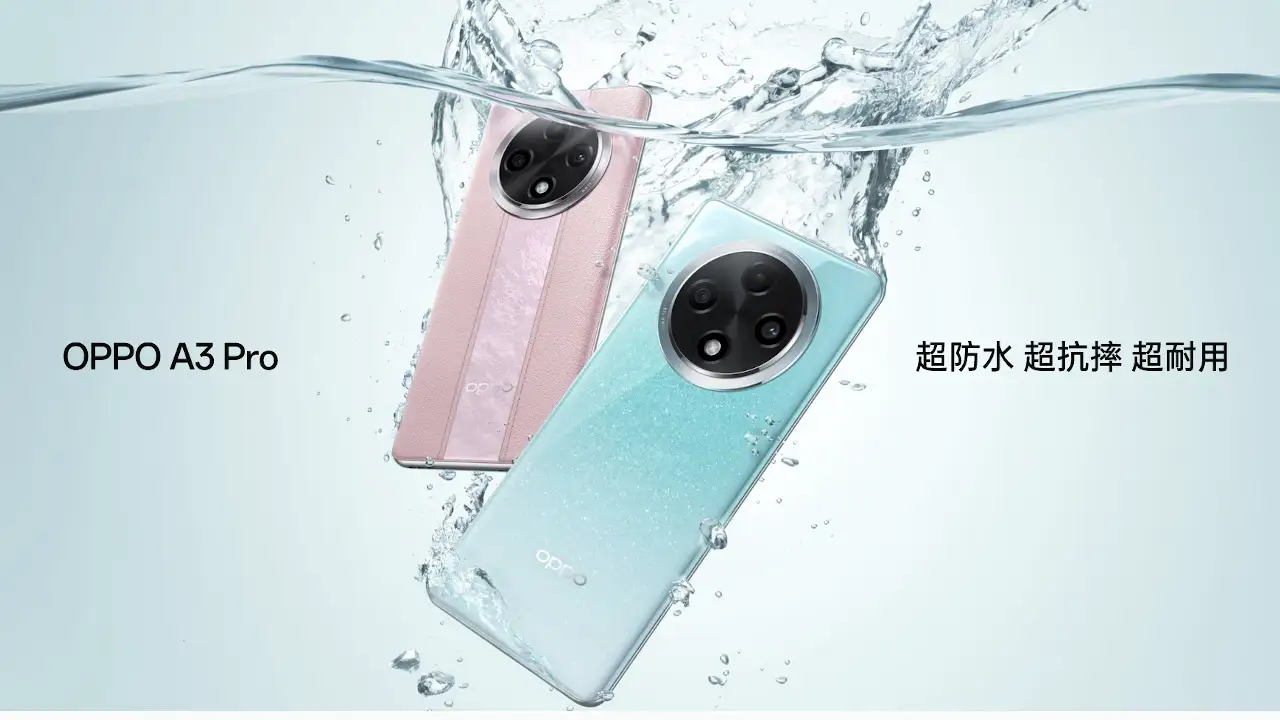

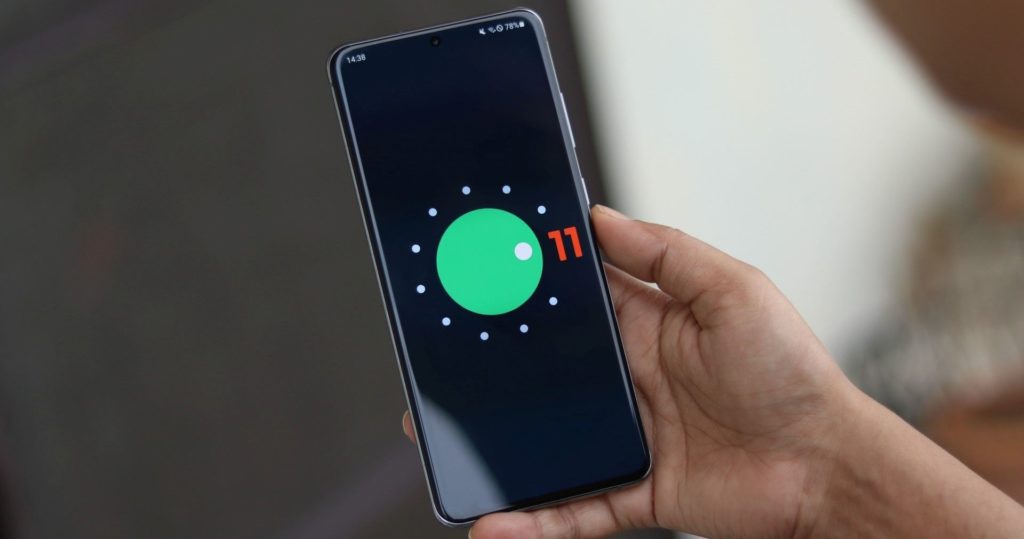
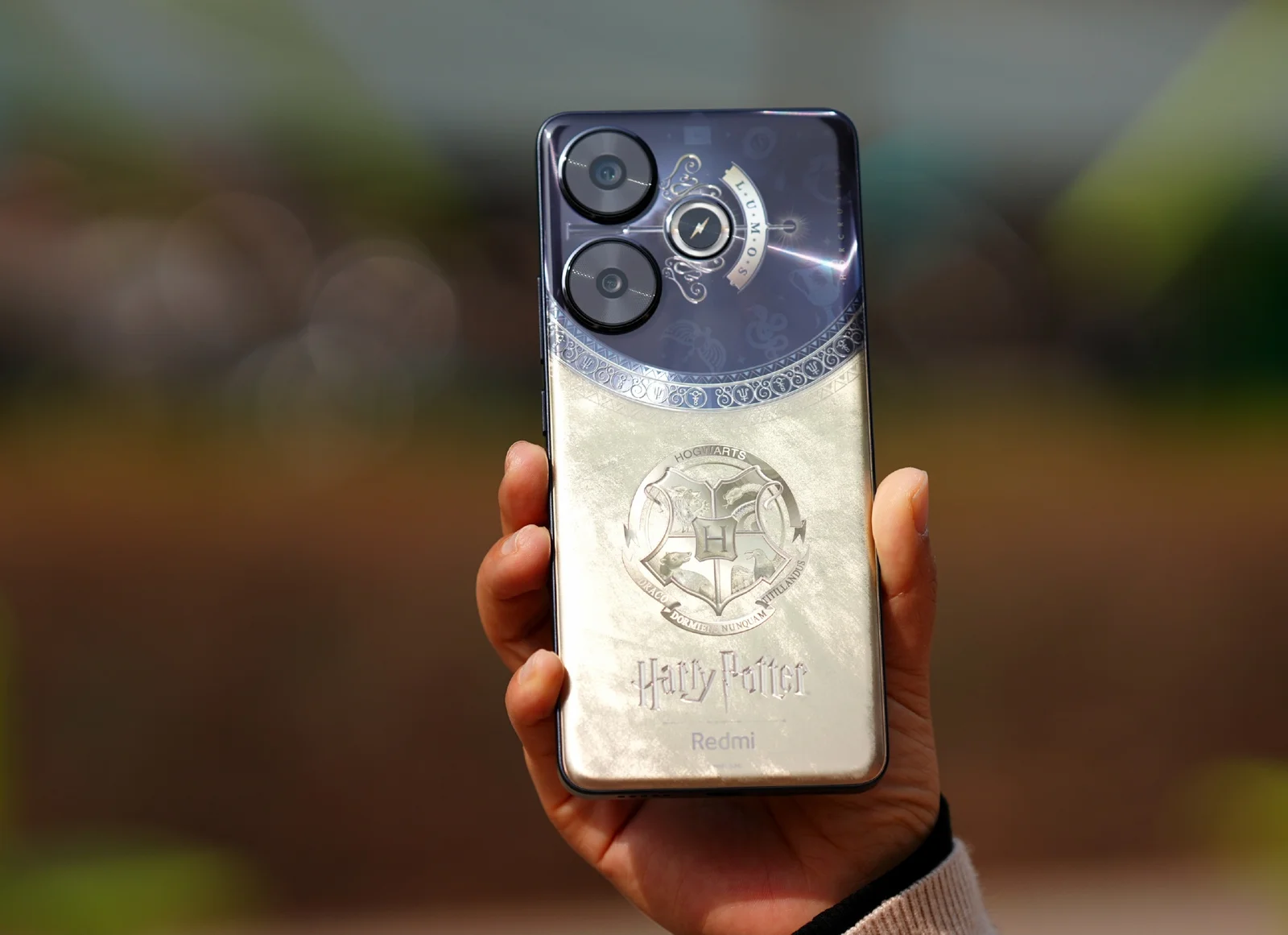
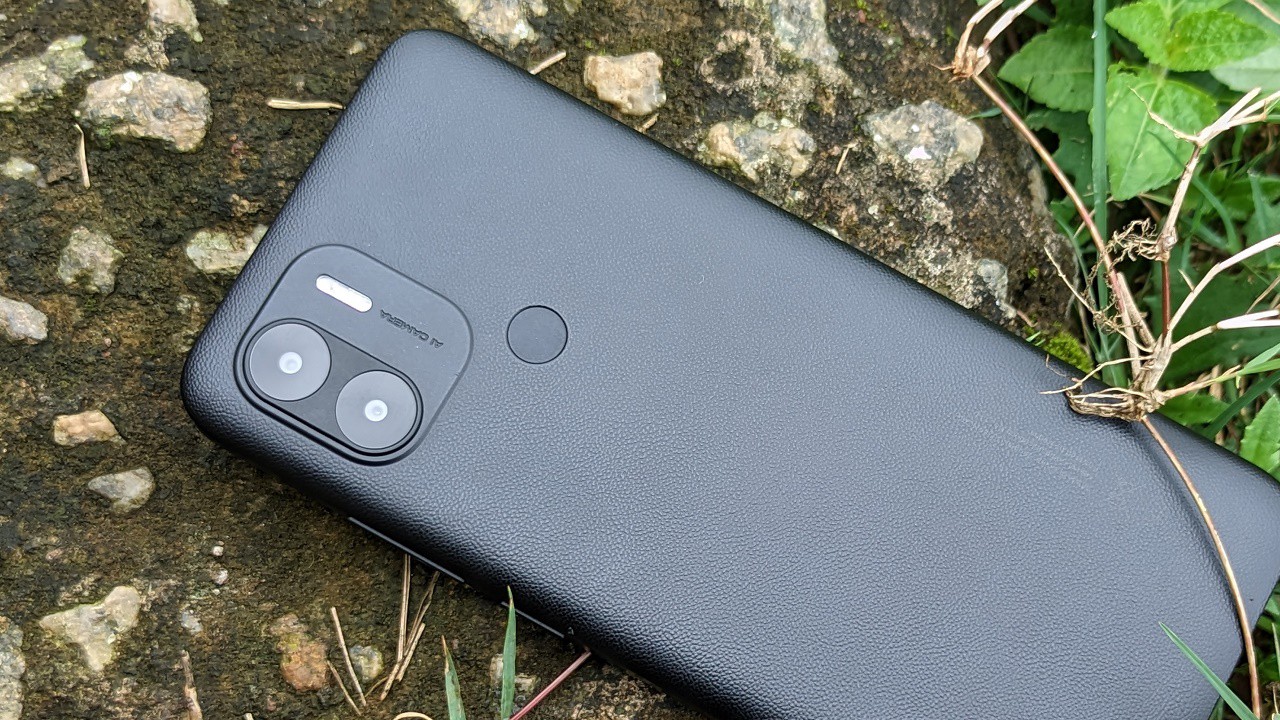
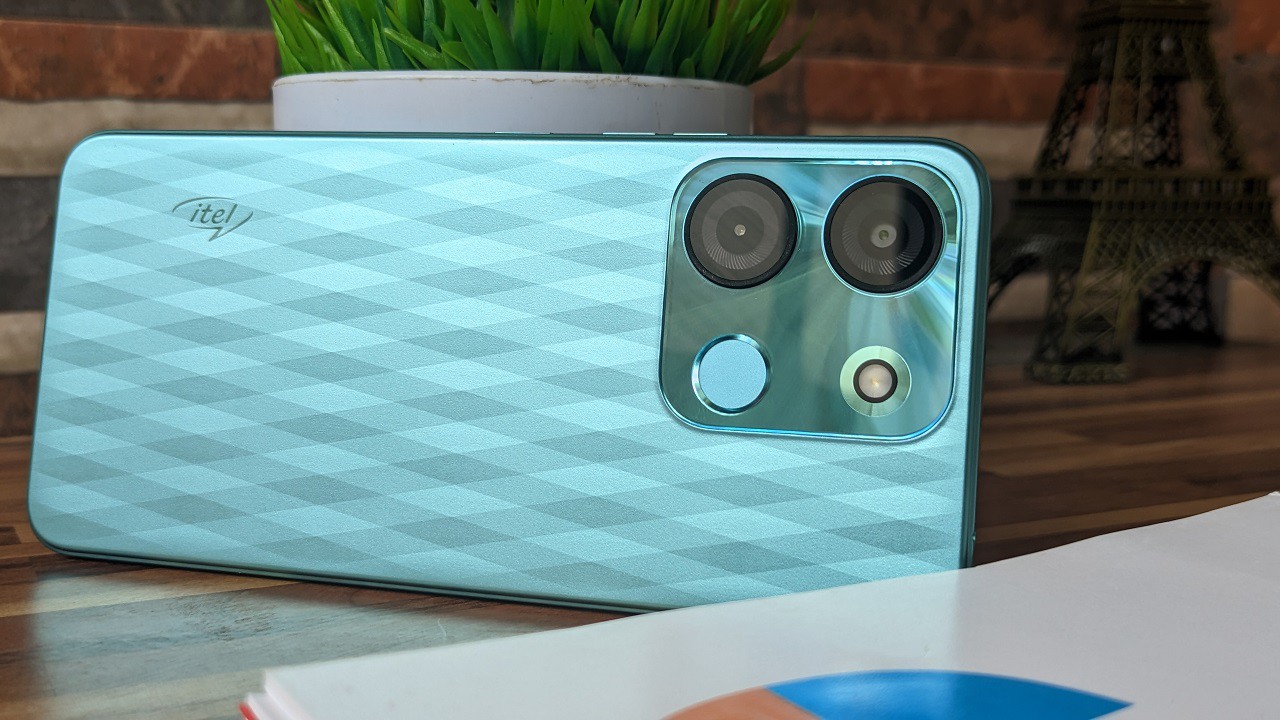
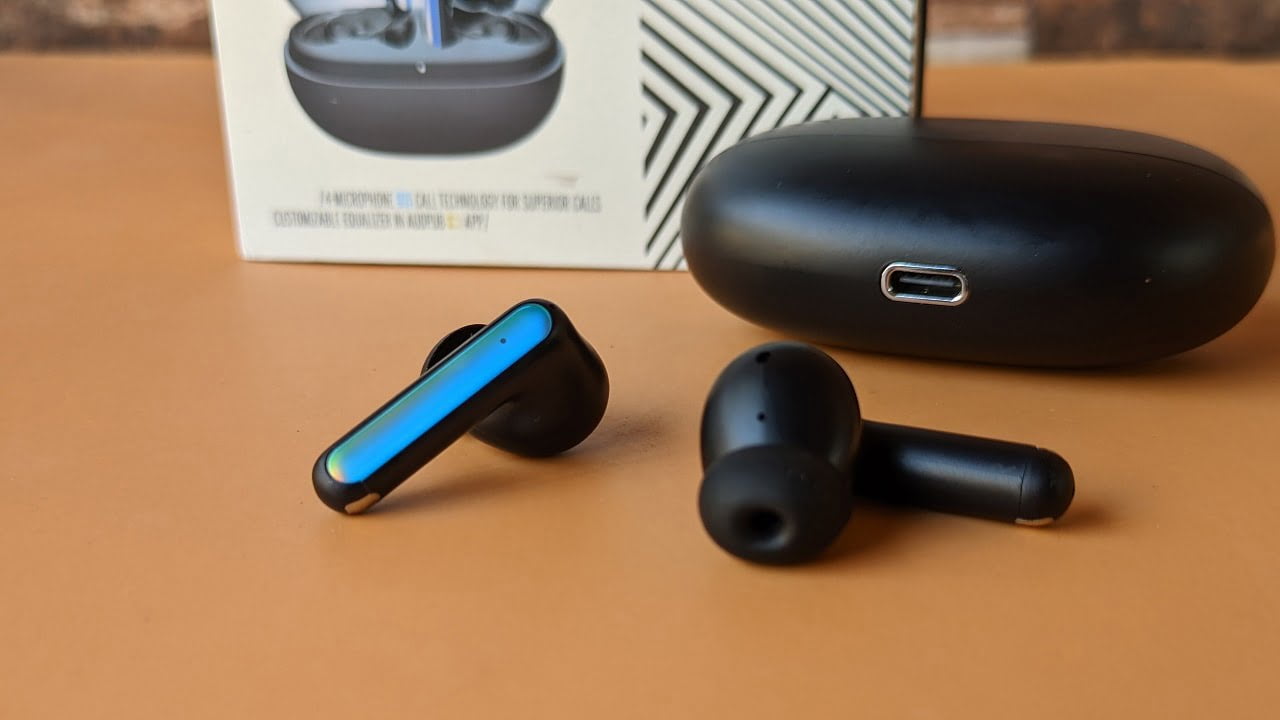
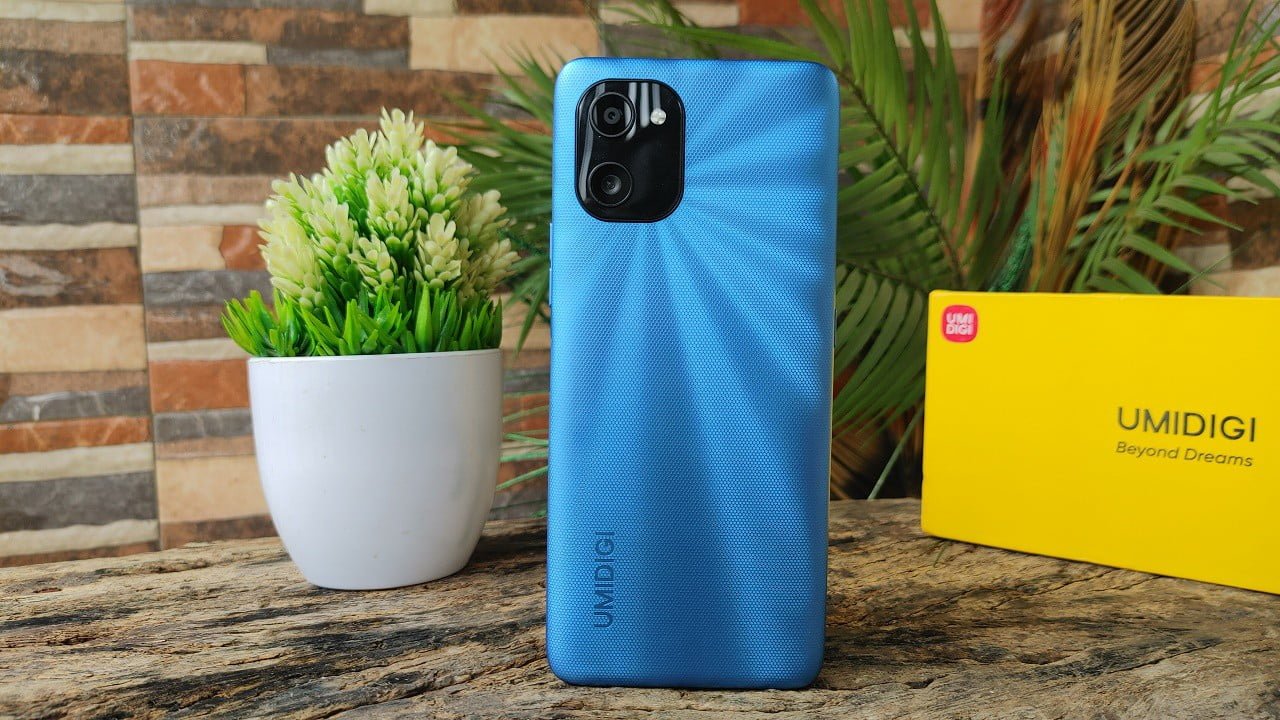
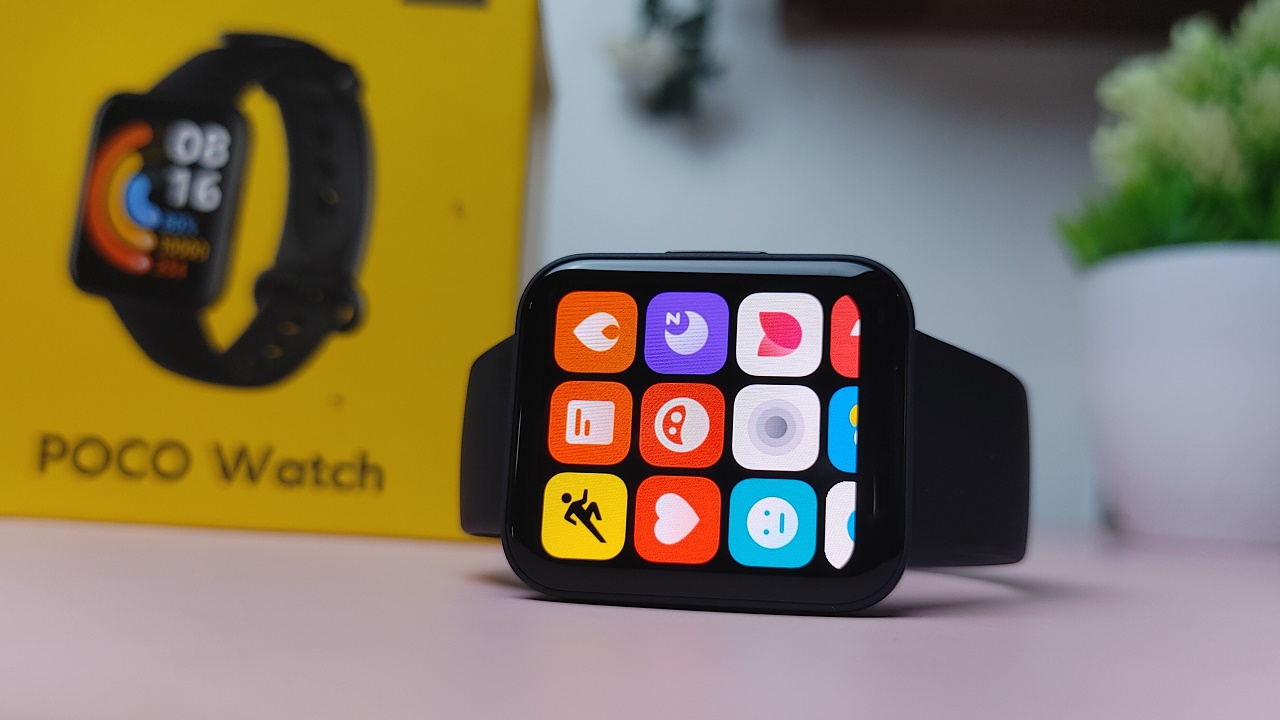
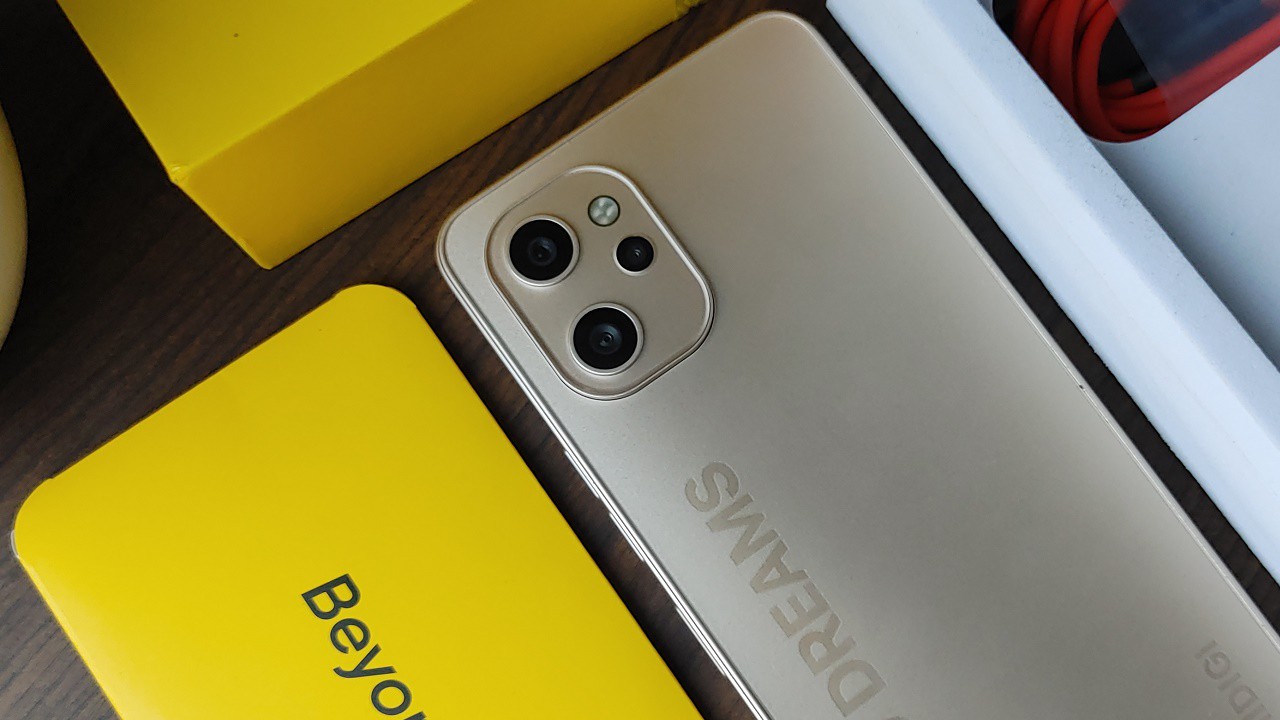
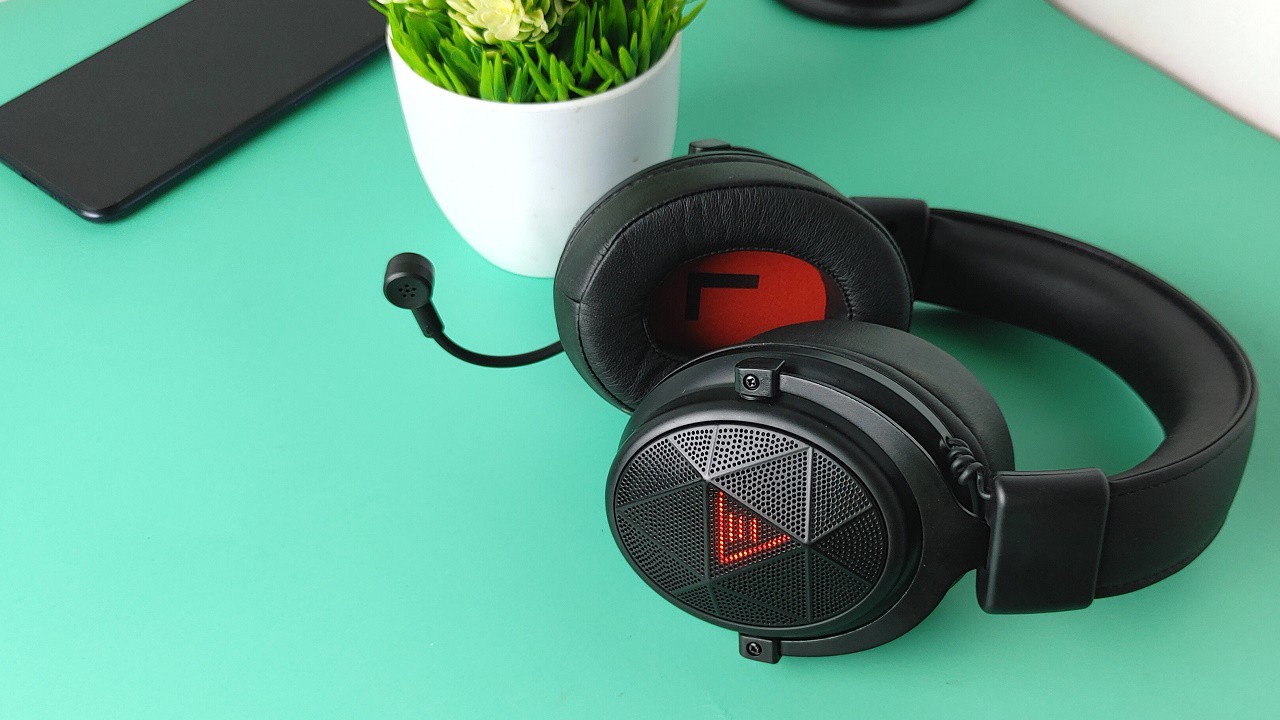
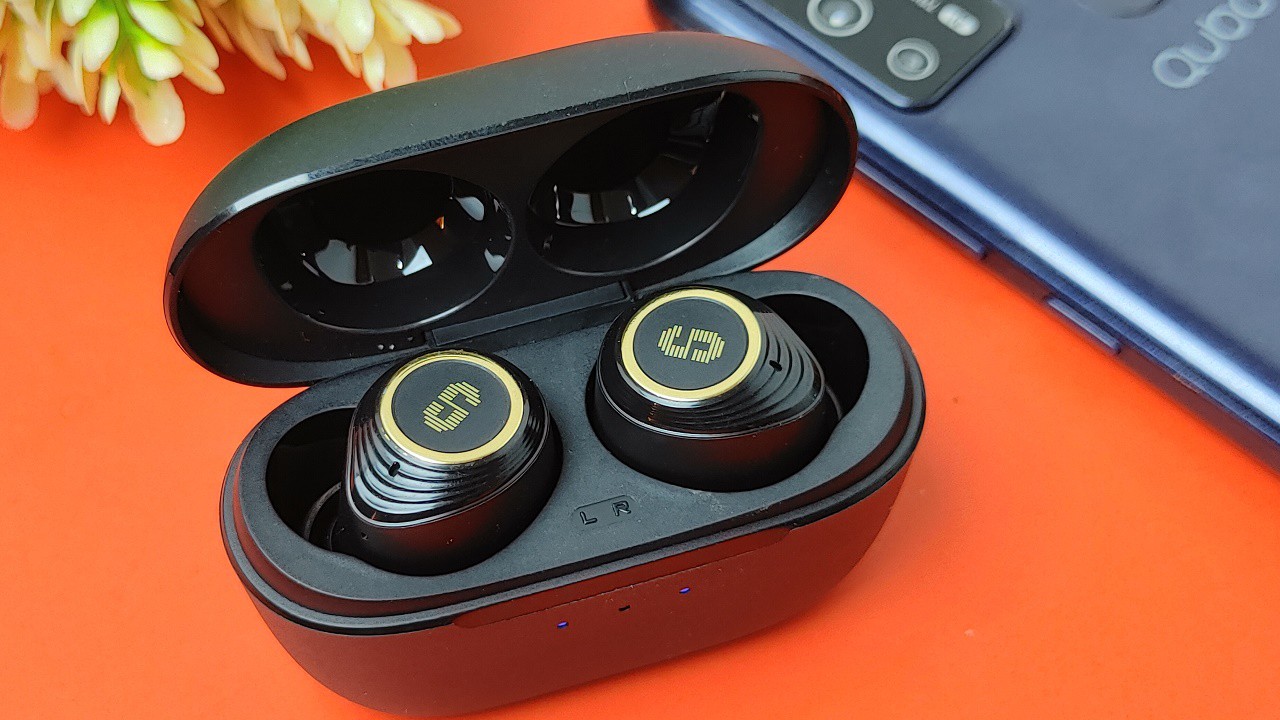
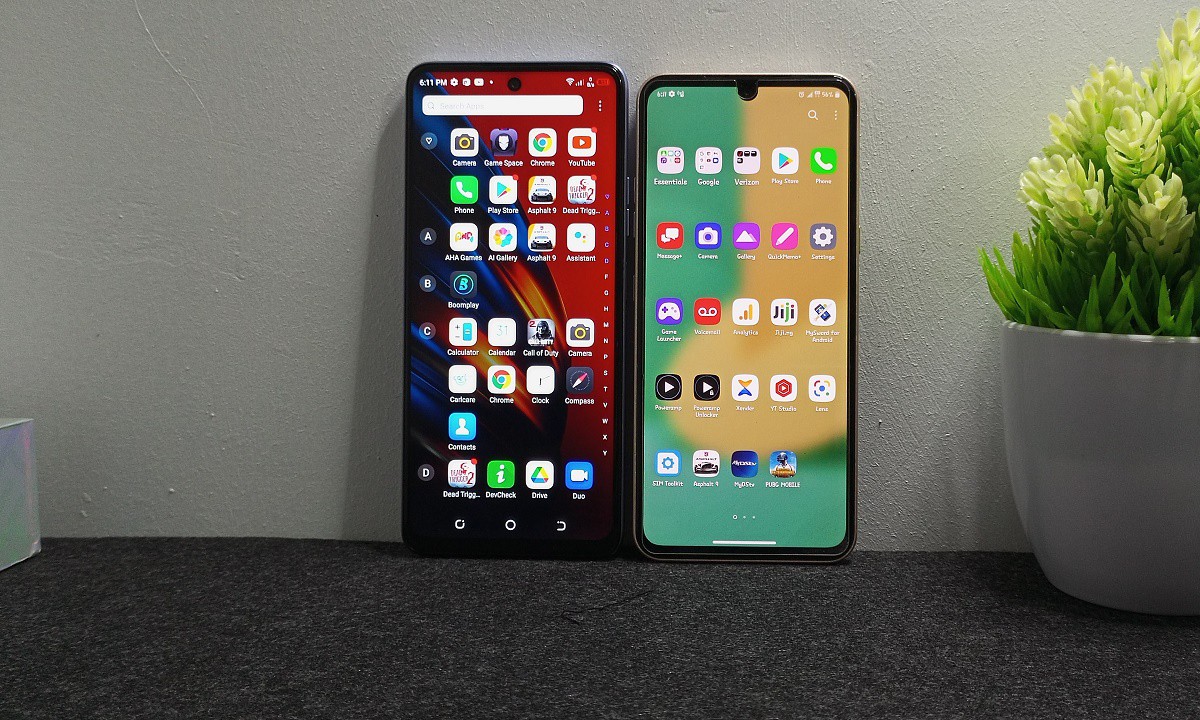

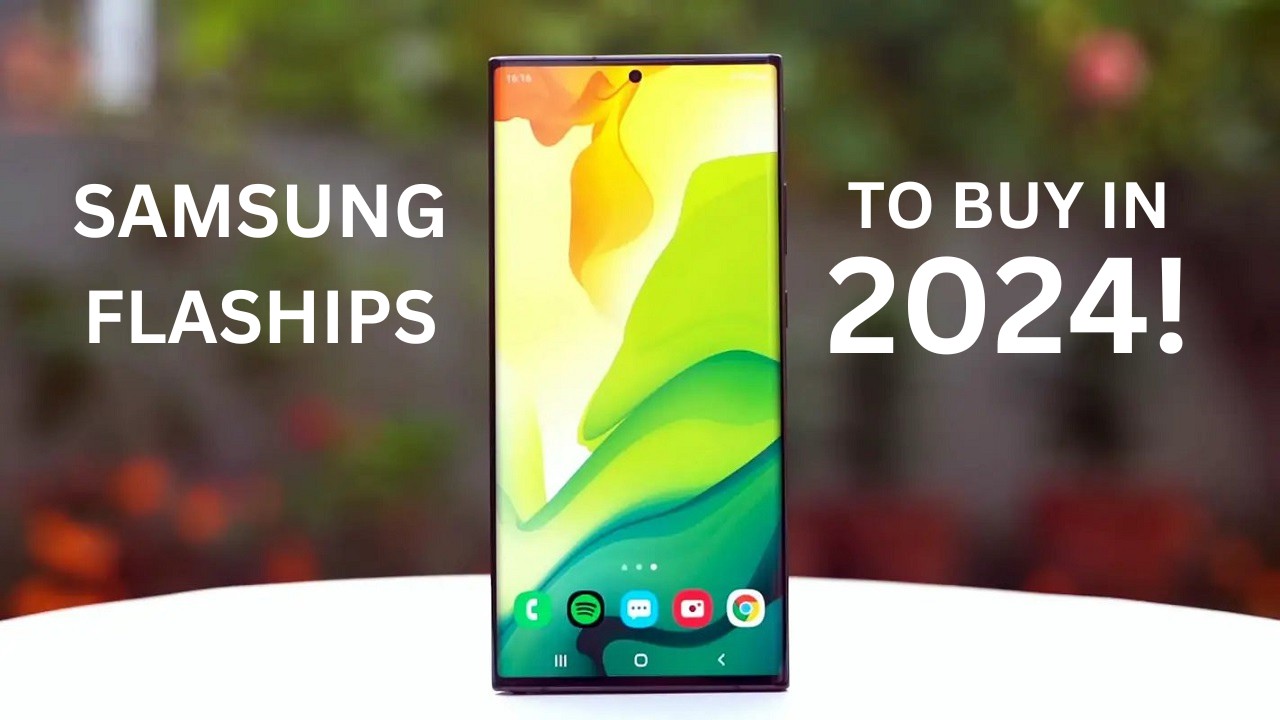
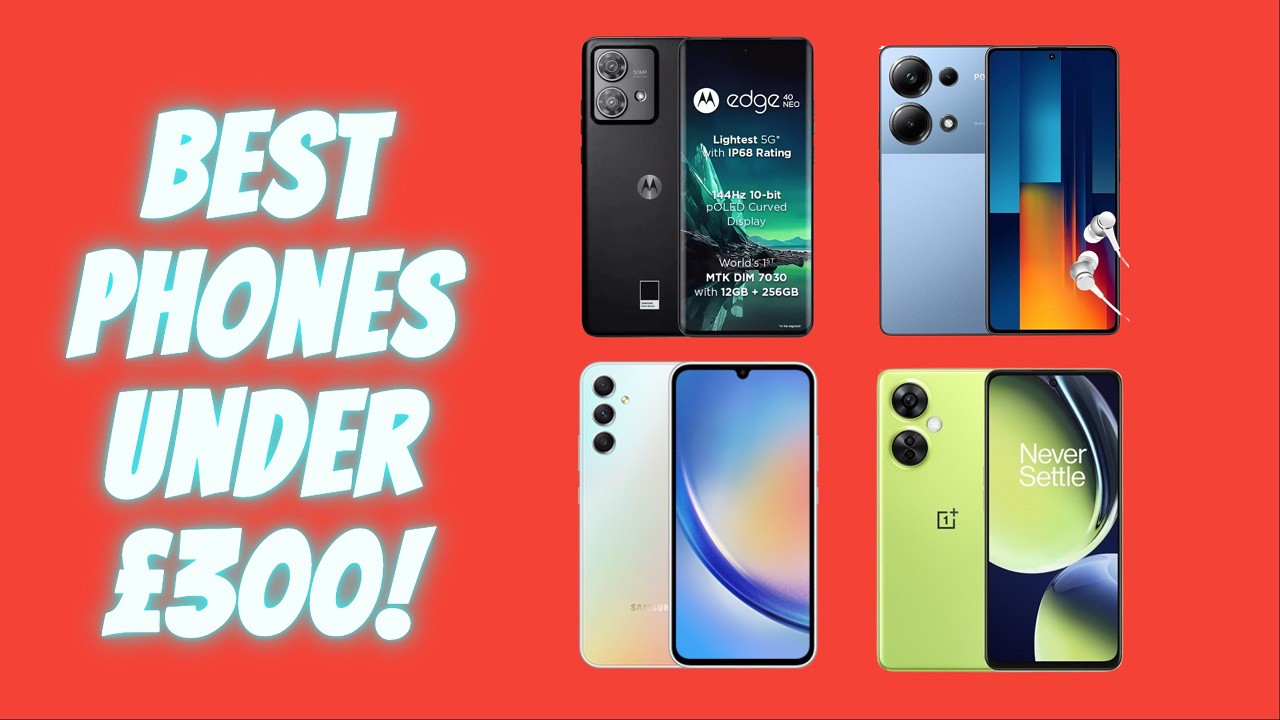

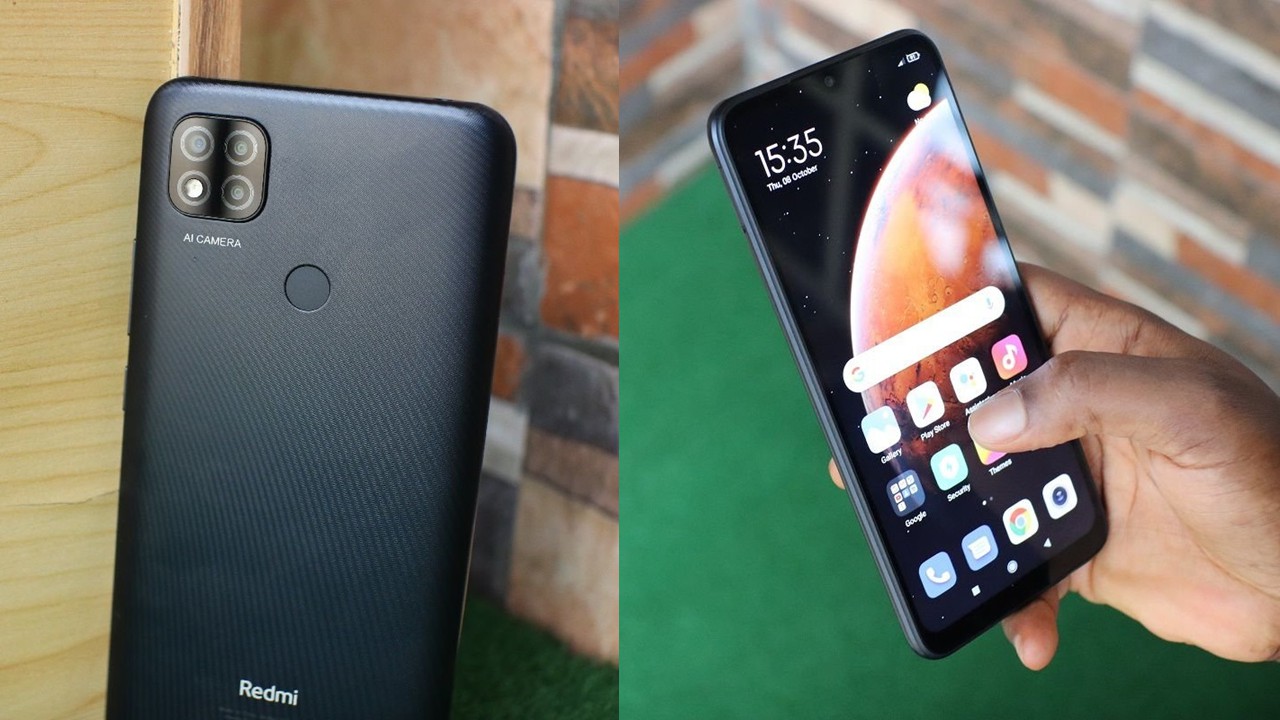
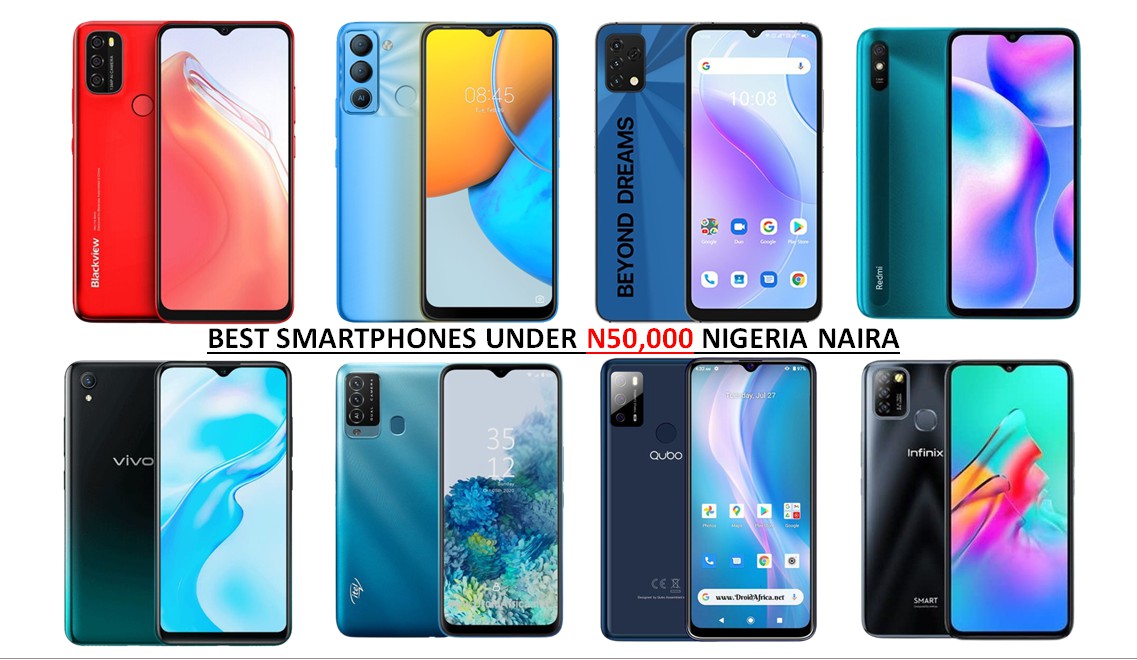
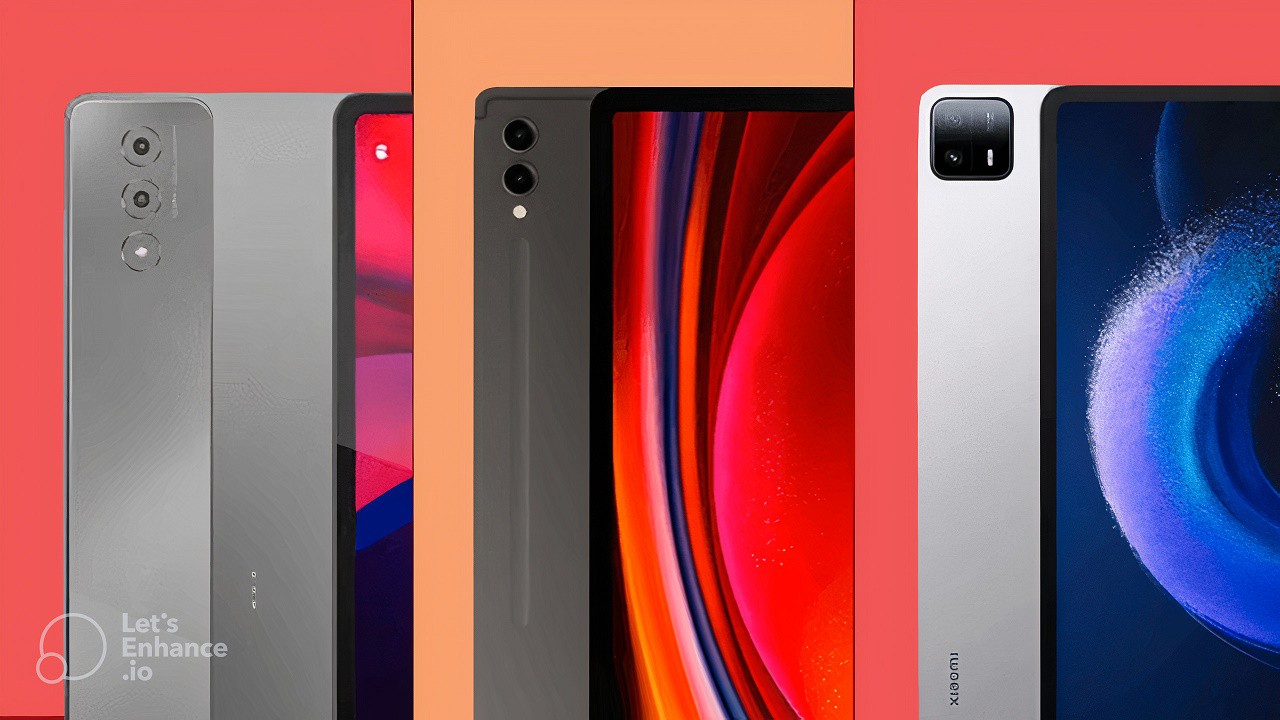
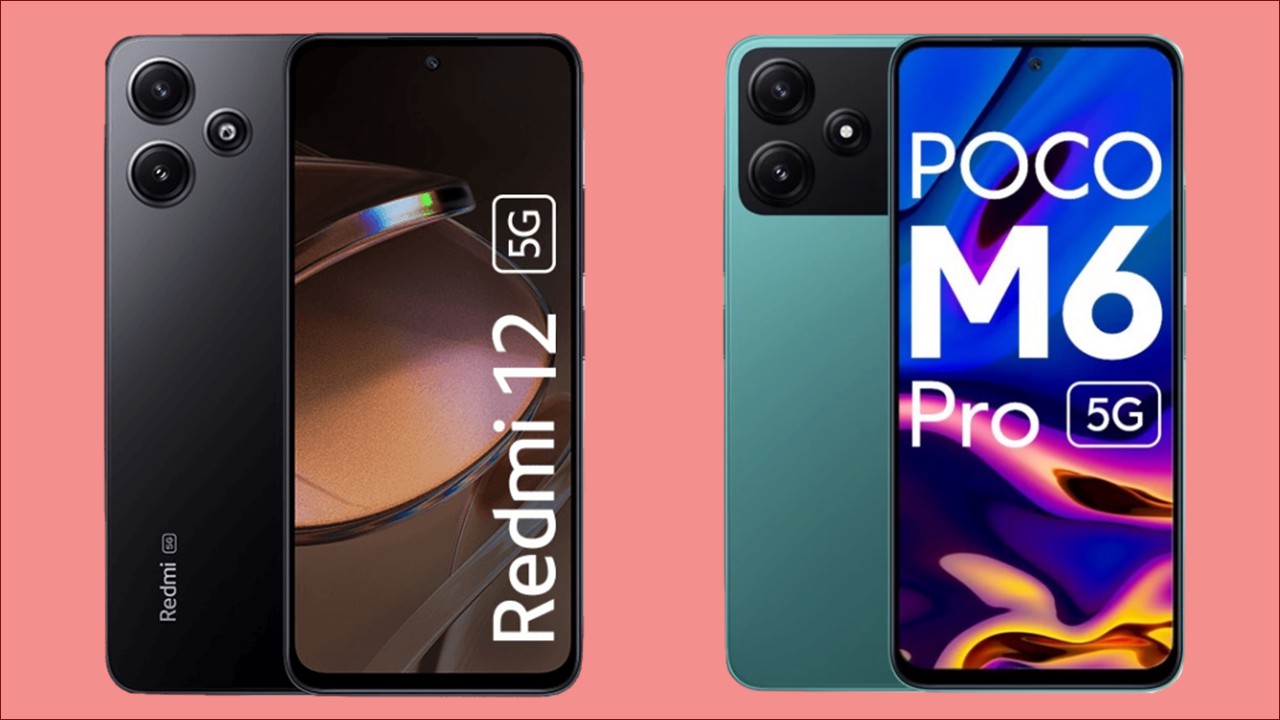
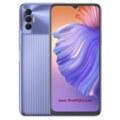
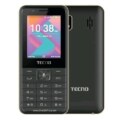
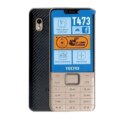
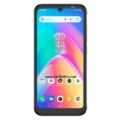
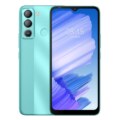
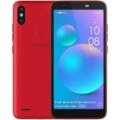
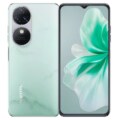
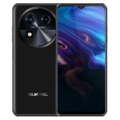
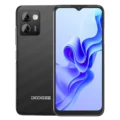

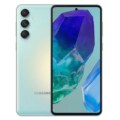
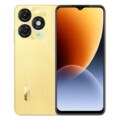

The pop 5 pro is really good using cheap and useful. Though the 2gb ram is bad u know
How much is the price sinior man
Comment:I love the phone and am using it the battery is strong
Enjoy fresh guy
Pls i want to ask a question, where did they keep the fingerprint bcs i can’t see it?
i mean am checking it online
I need us to chat
I need us to chat